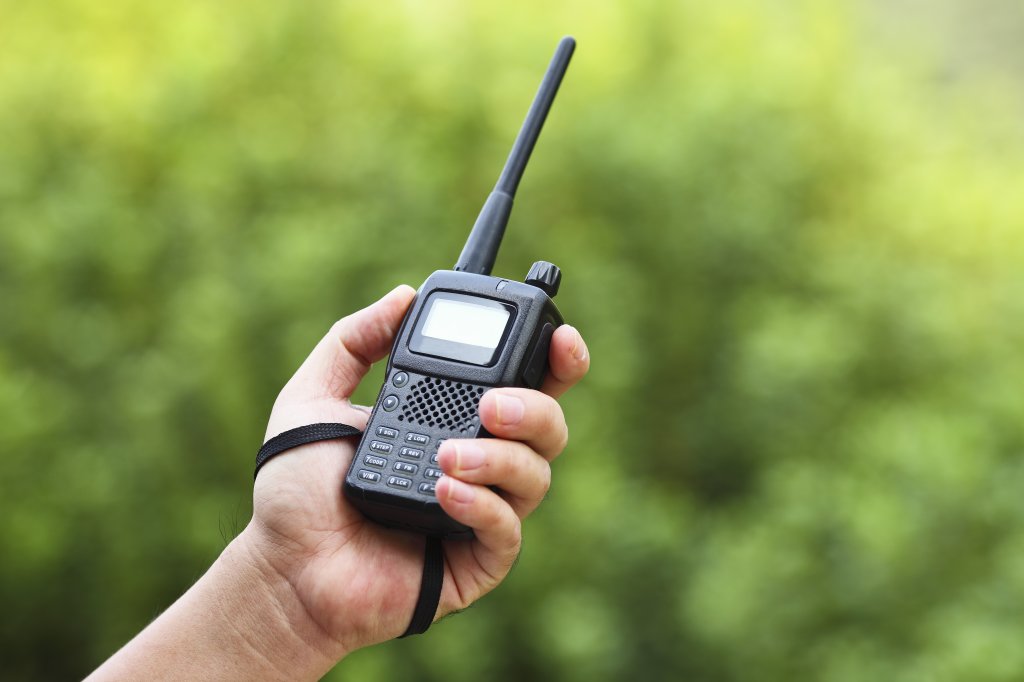Radio Equipment Plastic: Popular RF Materials
Radio equipment transmits and receives radio frequencies. Today, with the rise in wireless and cellular technology, radio equipment components and parts are becoming increasingly important. These products have many delicate elements that must be protected from water and impact damage. Thermoplastics fit this need well.
However, when used to cover antennae and receivers, plastics must allow radio frequencies to transmit through them unhindered. Thus, popular RF materials include specialty plastics that let the radio frequencies pass through them. Because many plastics prevent this transmission, radio equipment manufacturers must use specialty plastics that are transparent to radio signals or RF transparent. Piedmont Plastics has several RF transparent plastics you can choose to manufacture radio equipment parts.


An Expert is just around the corner.
With over 100 years of combined product knowledge and industry experience, we are confident our plastics experts can help you find a solution for your application.
What Materials Are RF Transparent?
RF transparent materials are not actually visually transparent, though some materials are both RF transparent and visually transparent. RF transparency means a material's composition allows RF energy to pass through unrestricted while protecting delicate radio or amplifier equipment such as antennas.
These materials are called radomes. Several types of plastic material are considered radomes, including:
Cast Plexiglas Sheet – Cast Plexiglas acrylic sheet is a great choice when you need visual transparency and the ability to send radio waves through a material. It is a strong, impact-resistant material, as well. In addition, it is quite easy to form into the desired shape.
Acetal Sheets and Rods – Acetal polymer has high strength and stiffness but can also be machined into the desired shape easily. In addition, it resists moisture and can transmit radio waves easily. It is also impact resistant and comes in both sheet and rod form.
ABS Sheets and Rods – Acrylonitrile butadiene styrene, or ABS, is a tough, rigid thermoplastic that is also RF transparent. It is easy to fabricate and cut, comes in both sheet and rod form, and has various color options.
Additional radomes are available, but these are among the most popular due to their strength and ease of manufacturing. In addition, each of these radomes can transmit radio waves, so you can use them in the manufacturing of radios, two-way radios, antennae, radio frequency amplifiers, and similar products without hurting the clarity of the radio frequencies that come through.
What Materials Can Handle High Frequency?
The radio spectrum has a wide range of frequencies. Radio waves generate quite a bit of heat on the high-frequency end, requiring particularly durable plastics.
Microwaves, ISM bands, and cellular bands all fall in the high-frequency spectrum. These can be found in a variety of radio systems, including traditional radios and pagers, two-way radios, Walkie-talkies, and televisions. This includes technology like wireless keyboards and wireless computer mice, satellite communication systems, and cellular phones.
High-frequency radio application components and finished products require radio-frequency transparent plastics that can also withstand the heat generated by these applications. Some common materials that can handle these high frequencies include:
NH Polyimide Film – When a flexible material is necessary for high-frequency applications, NH polyimide film is ideal. It is an excellent insulator with high resistance to temperatures, allowing it to protect delicate components in radio and cellular equipment.
PTFE Sheet and Rod Materials – The high-temperature capabilities and low friction of PTFE make it work well for high-frequency applications, especially in microwaves and other applications where parts may need to slide against each other.
Polystyrene – A special type of polystyrene plastic is formulated for microwave and high-frequency circuit usage. This plastic allows the transfer of radio waves while maintaining excellent strength. In addition, it is resistant to water damage or chemical damage.
Each of these materials is easy to form into the desired shape, provides good insulation properties and heat resistance, and allows RF transparency. With films, rods, and sheets available, manufacturers can easily find one that fits their needs.
Have More Questions about RF Materials?
Choosing the right materials is essential when creating radio frequency equipment, but knowing which materials meet your needs for manufacturing ease and safety is not always easy. Our knowledgeable sales professionals are plastics experts, and we will help you find the right solutions for your particular project.
Piedmont Plastics Can Help
Unsure about where to start? Contact us today for more information about these and other popular RF materials!
Get In Touch

